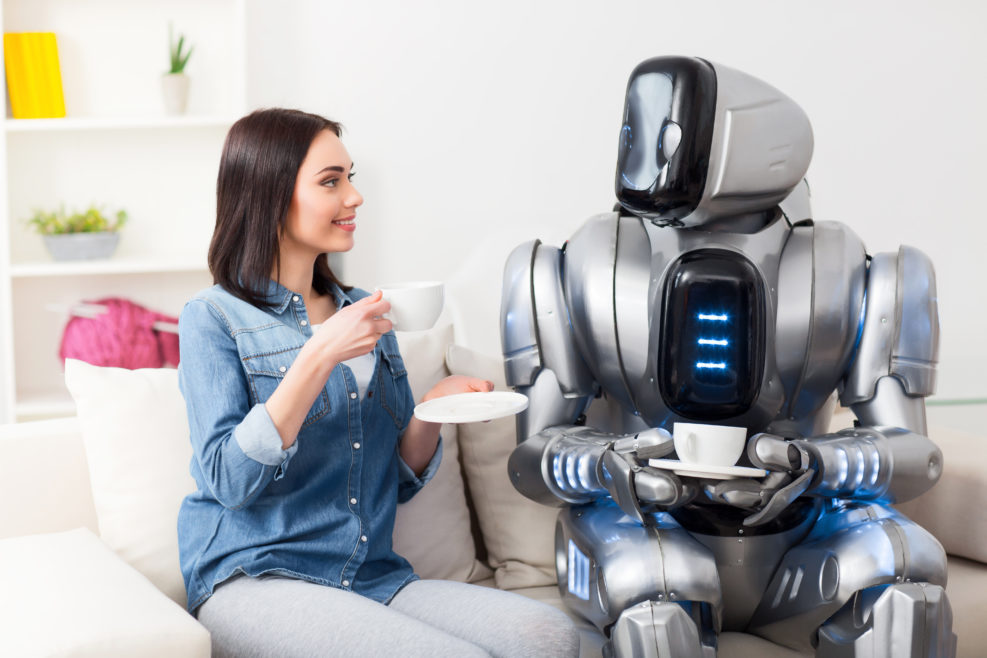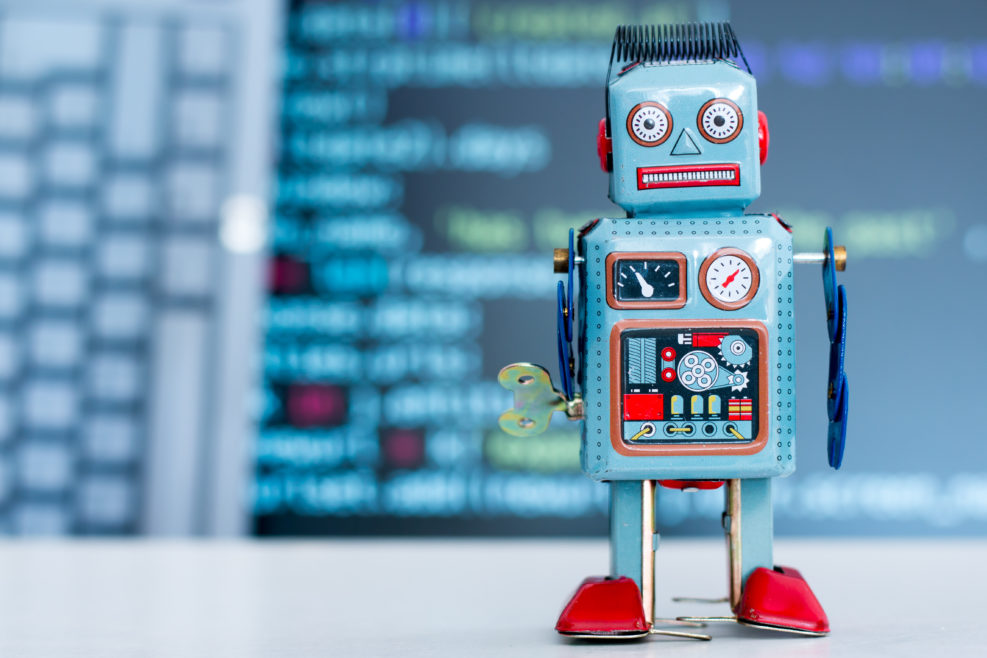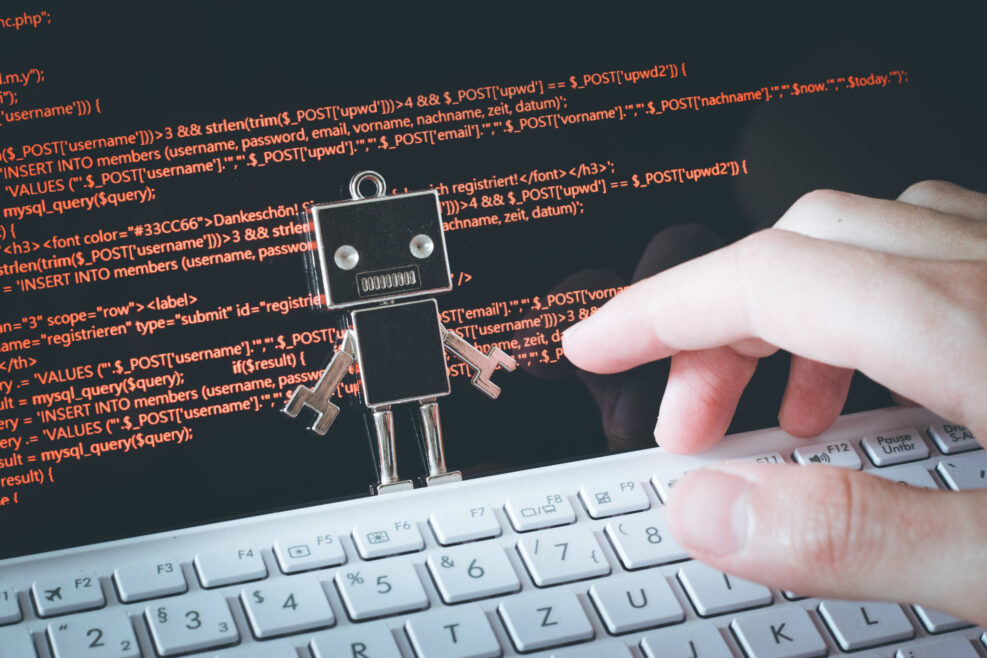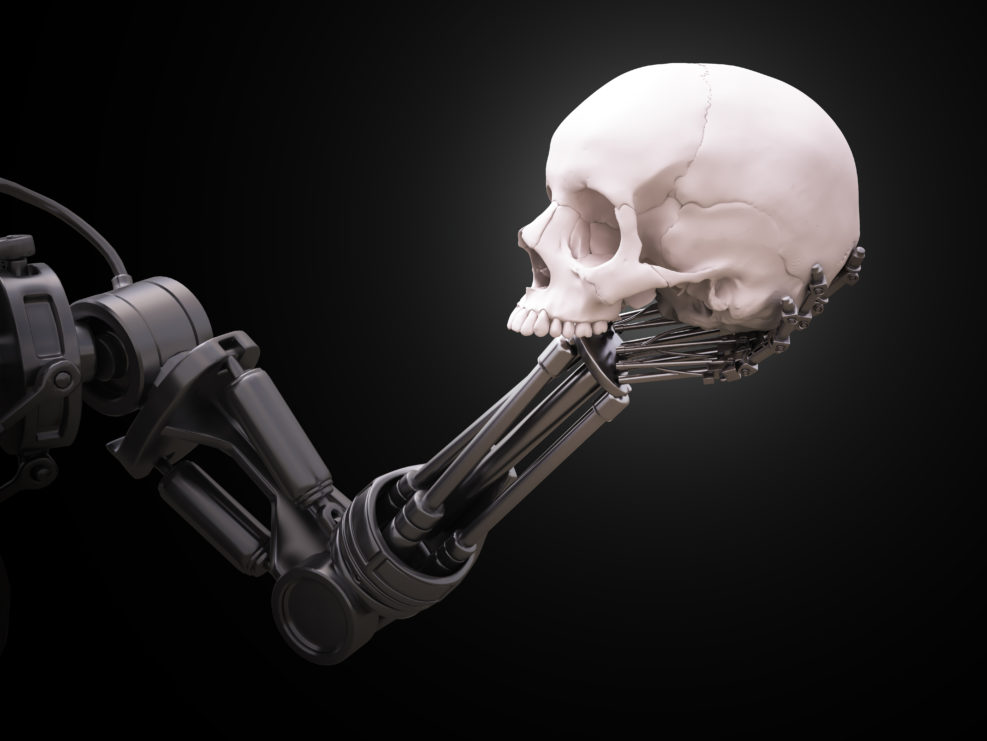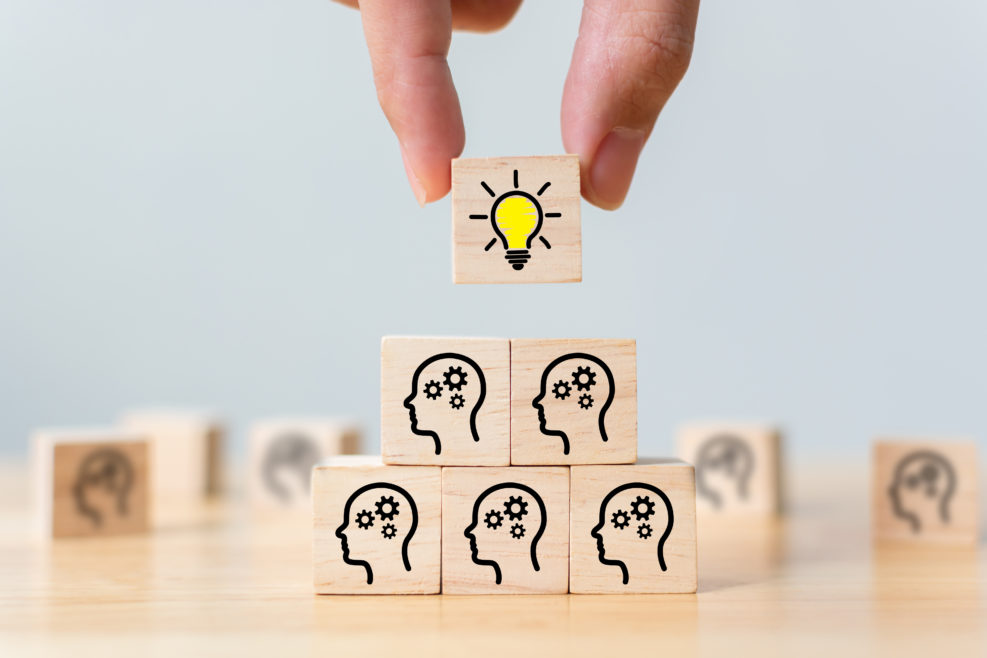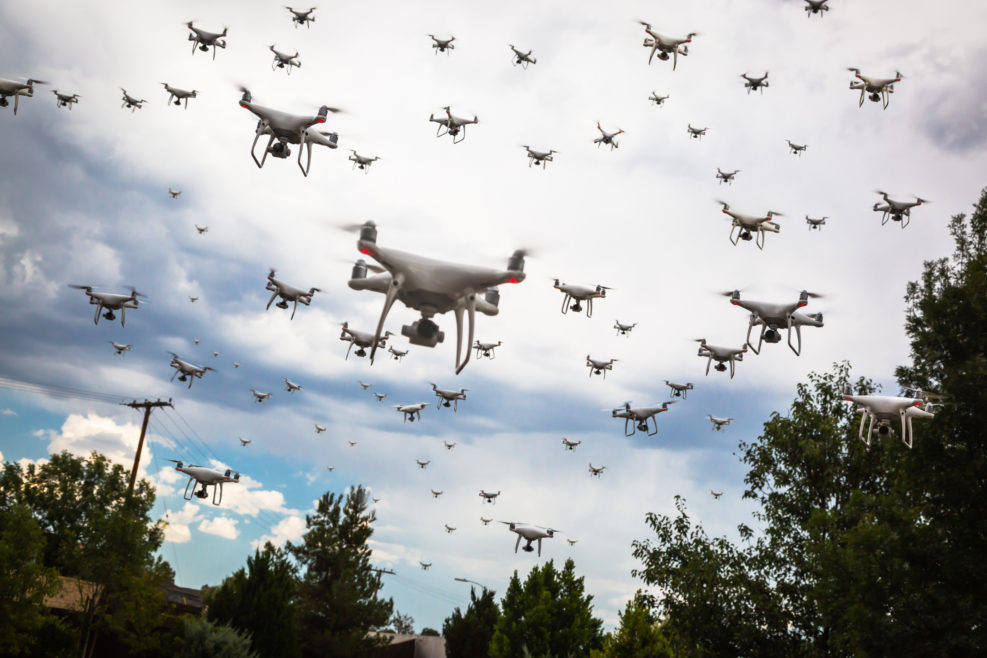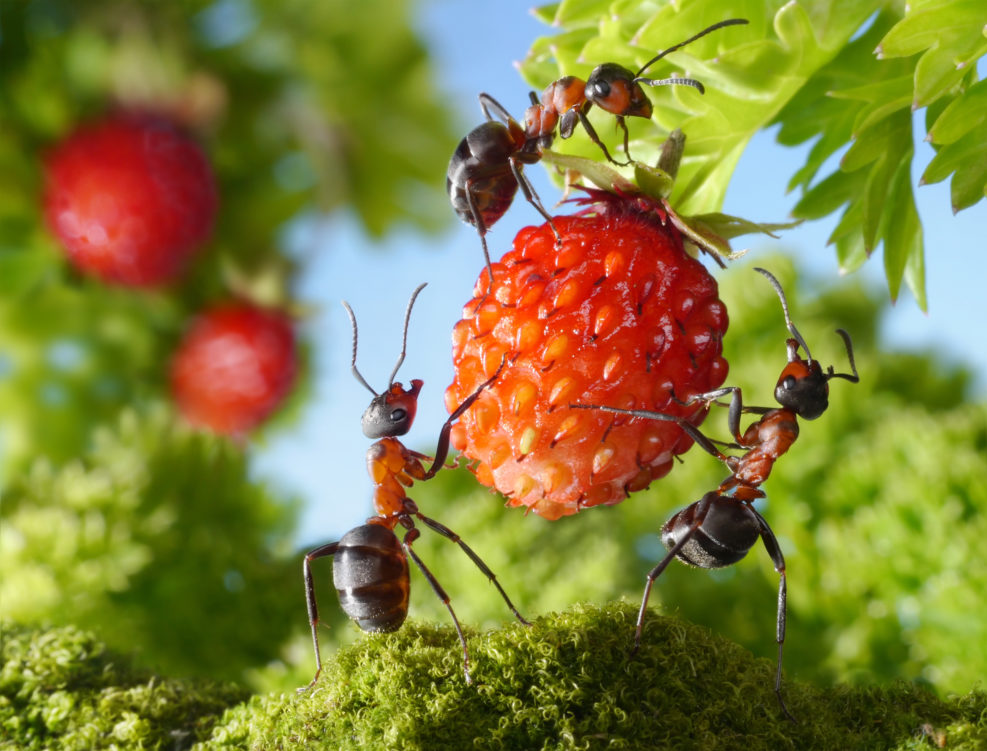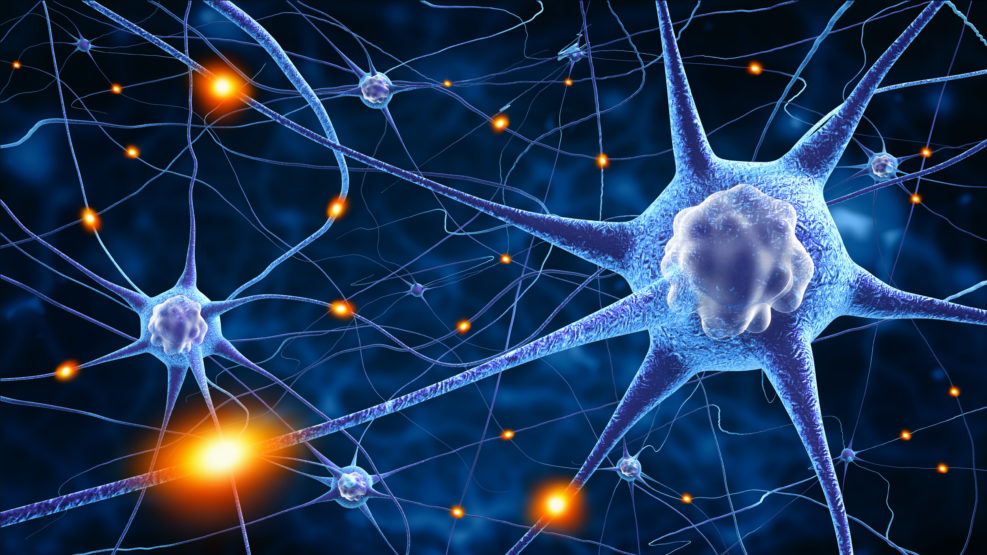
New Learning Model for Brain Overturns 70 Years of Theory
The new model, if confirmed, could change the way algorithms are developedAccording to new research, when learning takes place, it’s not just the synapses (by which neurons send signals to each other) but the whole communication structure (the dendrites) of the neuron that changes. The researchers compare the synapses to leaves and the dendrites to a tree. This, if it replicates, is a radical revision from nearly a century ago. For the last 70 years a core hypothesis of neuroscience has been that brain learning occurs by modifying the strength of the synapses, following the relative firing activity of their connecting neurons. This hypothesis has been the basis for machine and deep learning algorithms which increasingly affect almost all aspects of our lives. But after seven decades, this long-lasting hypothesis has Read More ›

